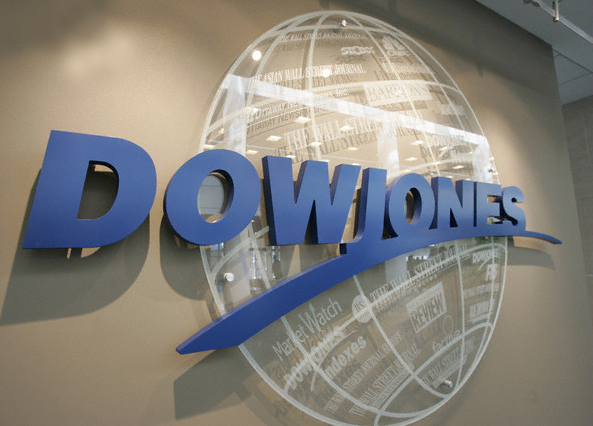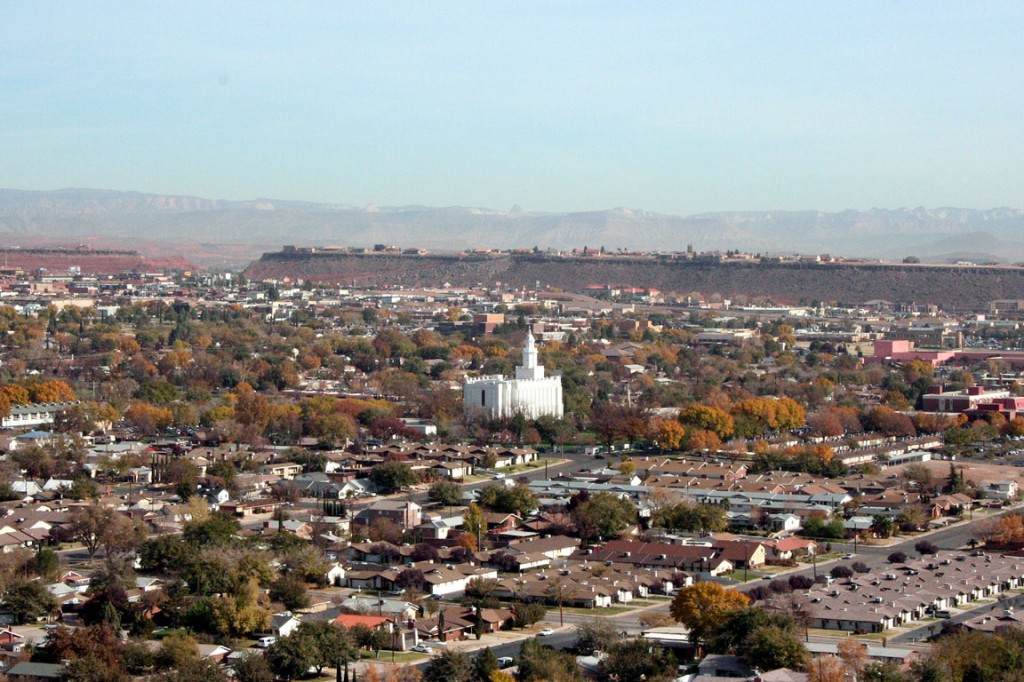When the CYC principals were kids, and read the Guinness Book of World Records for fun (alright, only one of them did, the other was playing with dolls), the longest bridge on Earth was this:
The Verrazano-Narrows, linking Brooklyn to Staten Island and reaching 4,260′ at its longest span. A few (just a few) years later, the Verrazano-Narrows is no longer in the top 100. Presenting the Danyang-Kunshan Grand Bridge, or a tiny portion of it:
It’s not so much a bridge as it is a slap in the face to the underlying Yangtze River Delta, asking why it dares to deposit its sediment over such a vast area when there are cargo and passengers to move. The Danyang-Kunshan is 102 miles long, or 127 times longer than the Verrazano-Narrows. Imagine a bridge that goes from Staten Island to Delaware, rather than Brooklyn, and you’ll have an idea. It’s so long that your Nissan Leaf couldn’t make the trip, and not just because the Danyang-Kunshan is a railroad bridge.
Not only are 16 of the 23 longest bridges in the world Chinese, every last one of them was built in the last decade. We wish we could remember whom to attribute this quote to: “The reason China will own the next century? All our politicians are lawyers. All their politicians are engineers.” But the latter are also censors and spies, too, and thus differ greatly from the former. Now let’s do some carnivalin’:
Around the same time we were memorizing superlatives and dressing Barbie, we first heard adults talk of that magical word, “retirement”. Even then it made little sense: from firsthand observation, it seemed to mean to work until you’re grey and hunched over, then either putz around in the garden or watch soap operas. Jason of Hull Financial Planning (buy his Winning With Money course, available in our sidebar) argues that all this time society was confusing the specific case for the general one. You don’t want to eventually retire, whether you think you do or not. You want to be financially independent. You don’t have to be 65, or anywhere close, to achieve the latter.
Or as Harry Campbell at The 4-Hour Workday puts it, “Paycheck to Paycheck is No Way to Live.” If you don’t have multiple sources of income – passive sources, predicated on something beyond your proficiency at your job – you’re asking to be permanently committed to the treadmill. Until you retire, of course.
We didn’t go looking for a theme this week, other than long bridges, but it seems we’ve landed upon one. Newcomer Justin at Root of Good retired became financially independent at 33, impressive enough even without having 3 little kids (which would prompt us not only to stay at our jobs, but to ask for as much overtime as possible and come in on weekends, too.) He gives a general explanation of how it’s a lot easier to walk away when you have a licensed professional designation.
Our central bank, the Federal Reserve, has a greater impact on your financial decisions than you might think. Until the Fed stops manipulating interest rates, and meets the fate it deserves, Barbara Friedberg is here to explain how you need to be aware of the Fed’s manipulations and use them to your advantage.
Steven Chang at Net Passive Income is either another CoW debutante or we just don’t recognize his name from previous submissions. Steven has a passive income stream, albeit a modest one at this point, and you’ll never believe what one of his sources is. If you’ve ever visited Goolge.com, or EPSN.com (one of our frequents), or Faecbook.com, well, Steven might own it.
Bryan Chau at Success Pen Pal gives us his worthiest post in a while, explaining the coarser points of value investing. He includes a glossary of important ratios; price-to-book-value, price-to-cash-flow etc. Handy to have them all in one place.
Amanda at My Dollar Plan asks: What do you get the old person in your life who has everything? How about a reverse mortgage? If you’re not familiar, it’s exactly what it sounds like. Once you own a house free and clear, you can borrow money with said equity as collateral. You don’t have to pay the money back until you’re dead, which makes this your heirs’ problem. Amanda also explains that there’s the following requirement:
To be eligible for a Reverse Mortgage, you must be at least 62 years of age or older
Just to be clear, that means if you’re anywhere from 62 to infinity (“at least 62 years of age”), you can qualify. And if you’re beyond infinity (“or older”), you can also qualify.
The CoW is like the Hydra. For every “head” we alienate, another 2 seem to grow back in its place. This week, Dorethia Conner at The Money Chat joins the parade. Or maybe Jay Robert. The byline is “By Dorethia Conner/Guest Post by Jay Robert,” so who the hell knows. Here’s a tip, Dorethia and/or Jay. The 2nd-person pronoun can be your friend:
Here are six of the biggest lender-related misconceptions that consumers should overcome so they can get the best loan for the most affordable price.
Who are you writing for? Oh yeah, the reader. Try it again:
Here are 6 lender-related misconceptions to overcome, so you can get the best loan for the lowest price.
If we ever refer to y’all dispassionately as “consumers”, please kick us in the groin. The 6 misconceptions are legitimate, however, and if you get your mortgage at the place that holds your savings account just because it holds your savings account, you’re all sorts of misguided.
Mike St. Pierre at Annuity Rates HQ continues his relentless advocacy of annuities. He’s submitted to the CoW probably 40 weeks in a row. We wonder if he’s ever sold an annuity to someone who said, “Yeah, found out about you on Control Your Cash. Those blog post roundups really work!”
Robb Engen at Boomer & Echo makes an all-too-infrequent return to this site. Robb relates a story about a relatively young guy who has 2 deferred-benefit plans on the horizon, and thus admits that he barely saves a dime. Robb don’t play that way, realizing that the future by definition isn’t secure for anyone. Or as Robb puts it,
I saved too much for retirement! – said no one, ever.
Finally, Dividend Growth Investor reminds us that no stock is unassailable. Apple and Google seem like permanent and permanently profitable fixtures of the economy today…just as General Motors and Philip Morris were 20 years ago. Div (our pet name for him) discloses that he’s long on McDonald’s and Walmart, reasoning that bargain prepared food and inexpensive consumer goods will still be of interest to consumers in the near-to-medium future.
Thanks again for coming. New Anti-Tip of the Day tomorrow, new post Wednesday, new post Friday, new CoW Monday, etc.






